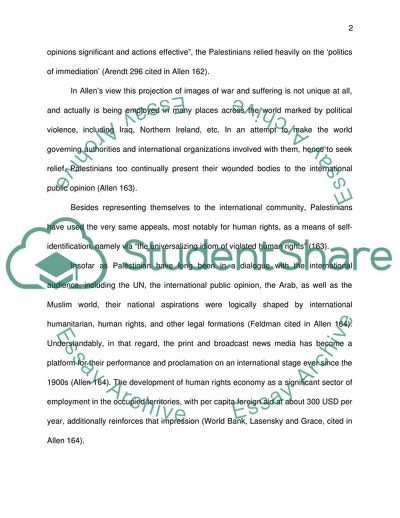Cite this document
(Human Rights, and the Politics of Immediate in the Palestinian Intifada Literature review Example | Topics and Well Written Essays - 1500 words, n.d.)
Human Rights, and the Politics of Immediate in the Palestinian Intifada Literature review Example | Topics and Well Written Essays - 1500 words. https://studentshare.org/history/1800504-israel-and-palestine
Human Rights, and the Politics of Immediate in the Palestinian Intifada Literature review Example | Topics and Well Written Essays - 1500 words. https://studentshare.org/history/1800504-israel-and-palestine
(Human Rights, and the Politics of Immediate in the Palestinian Intifada Literature Review Example | Topics and Well Written Essays - 1500 Words)
Human Rights, and the Politics of Immediate in the Palestinian Intifada Literature Review Example | Topics and Well Written Essays - 1500 Words. https://studentshare.org/history/1800504-israel-and-palestine.
Human Rights, and the Politics of Immediate in the Palestinian Intifada Literature Review Example | Topics and Well Written Essays - 1500 Words. https://studentshare.org/history/1800504-israel-and-palestine.
“Human Rights, and the Politics of Immediate in the Palestinian Intifada Literature Review Example | Topics and Well Written Essays - 1500 Words”. https://studentshare.org/history/1800504-israel-and-palestine.


